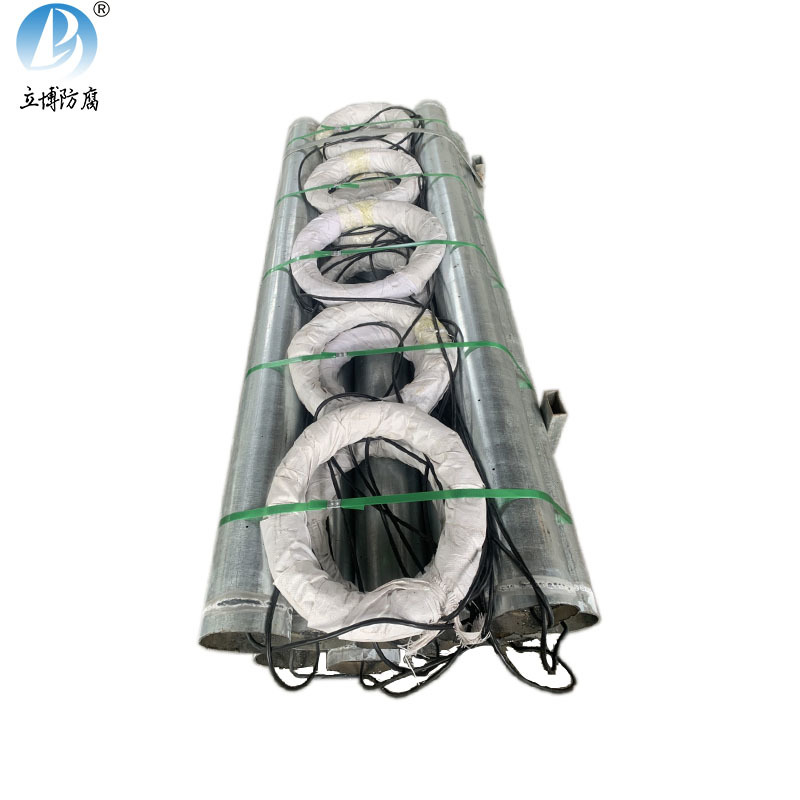Understanding the Role of Reference Electrode in Environmental Monitoring
Release time:
2025-05-29
In the realm of environmental monitoring, reference electrodes play a pivotal role in ensuring the accuracy and reliability of various measurements. These devices maintain a stable potential against which the measurements of other electrodes can be compared. Their significance cannot be overstated, as they directly impact the quality of data collected in assessing environmental conditions.
In the realm of environmental monitoring, reference electrodes play a pivotal role in ensuring the accuracy and reliability of various measurements. These devices maintain a stable potential against which the measurements of other electrodes can be compared. Their significance cannot be overstated, as they directly impact the quality of data collected in assessing environmental conditions.
The importance of reference electrodes lies in their ability to provide a consistent baseline for measurements. This baseline is crucial for detecting changes in environmental conditions, such as water quality, soil composition, and atmospheric analysis. When monitoring pollutants or chemical changes, having a reliable reference point can mean the difference between accurate data and potentially misleading results.
There are various types of reference electrodes utilized in environmental monitoring, each designed for specific applications. Understanding these types is crucial for selecting the right electrode for a given environment.
The junction of the reference electrode can be either a porous junction or a liquid junction. Each type has its advantages and limitations based on the specific environmental conditions in which they are used.
Understanding the operational principles behind reference electrodes is essential for effective use in environmental monitoring. These principles dictate how the electrodes function and interact with the surrounding environment.
Reference electrodes operate based on electrochemical reactions that generate a stable electrical potential. The interactions between the reference electrode and the environment create a predictable voltage that can be measured and compared.
The potential measured by a reference electrode is critical for determining the concentration of ions in solutions. This potential serves as a benchmark for other measurements, ensuring accuracy in data collection.
In water quality monitoring, reference electrodes are essential for measuring pH, conductivity, and ion concentration. These parameters are crucial for assessing the health of aquatic ecosystems and ensuring safe drinking water.
In soil analysis, reference electrodes aid in determining the chemical composition of soil samples. They help assess nutrient levels and the presence of contaminants, providing vital information for agricultural practices and environmental protection.
As technology advances, the future of reference electrodes in environmental monitoring appears promising. Innovations are emerging that aim to enhance their performance and adaptability in various environmental conditions.
The integration of reference electrodes with smart technologies is paving the way for real-time monitoring systems. These systems can provide instant feedback and data analysis, allowing for timely interventions in environmental management.
In summary, reference electrodes are indispensable tools in the field of environmental monitoring. Their stable potential provides a crucial baseline for various measurements, ensuring the accuracy and reliability of data collection. As technology continues to evolve, the design, application, and operational principles of reference electrodes will likely become even more sophisticated, enabling more effective environmental management and protection strategies. Understanding their role and addressing the associated challenges will be vital in advancing our capabilities in this essential domain.
Key words:
Learn more about industry dynamics
The company's main products: magnesium alloy sacrificial anode series, aluminum alloy sacrificial anode series, zinc alloy sacrificial anode series, and cathodic protection supporting products, such as more than a dozen varieties and hundreds of specifications.
Focus on the development and production of cathodic protection materials
online message
We will contact you within one working day. Please pay attention to your phone or email.








